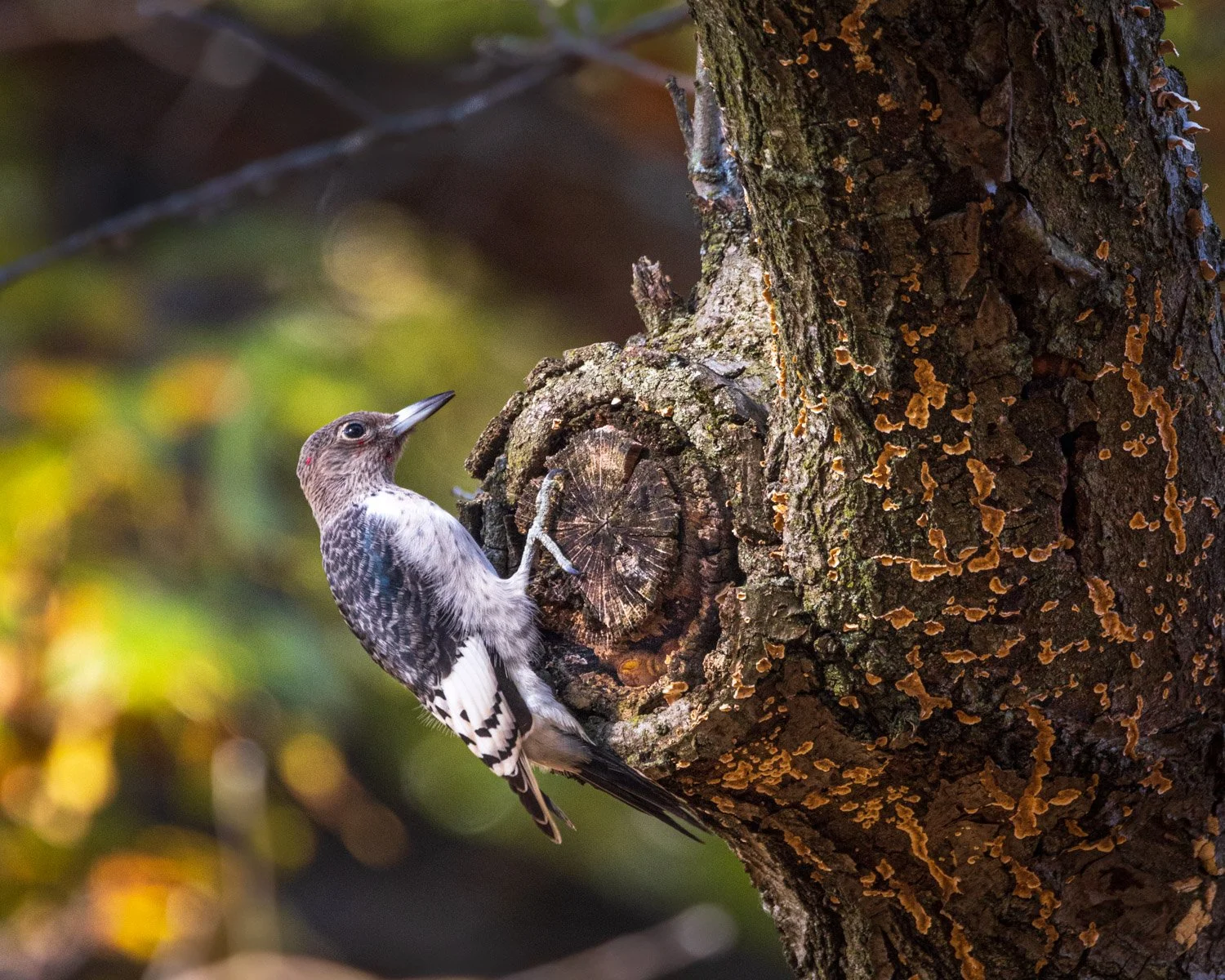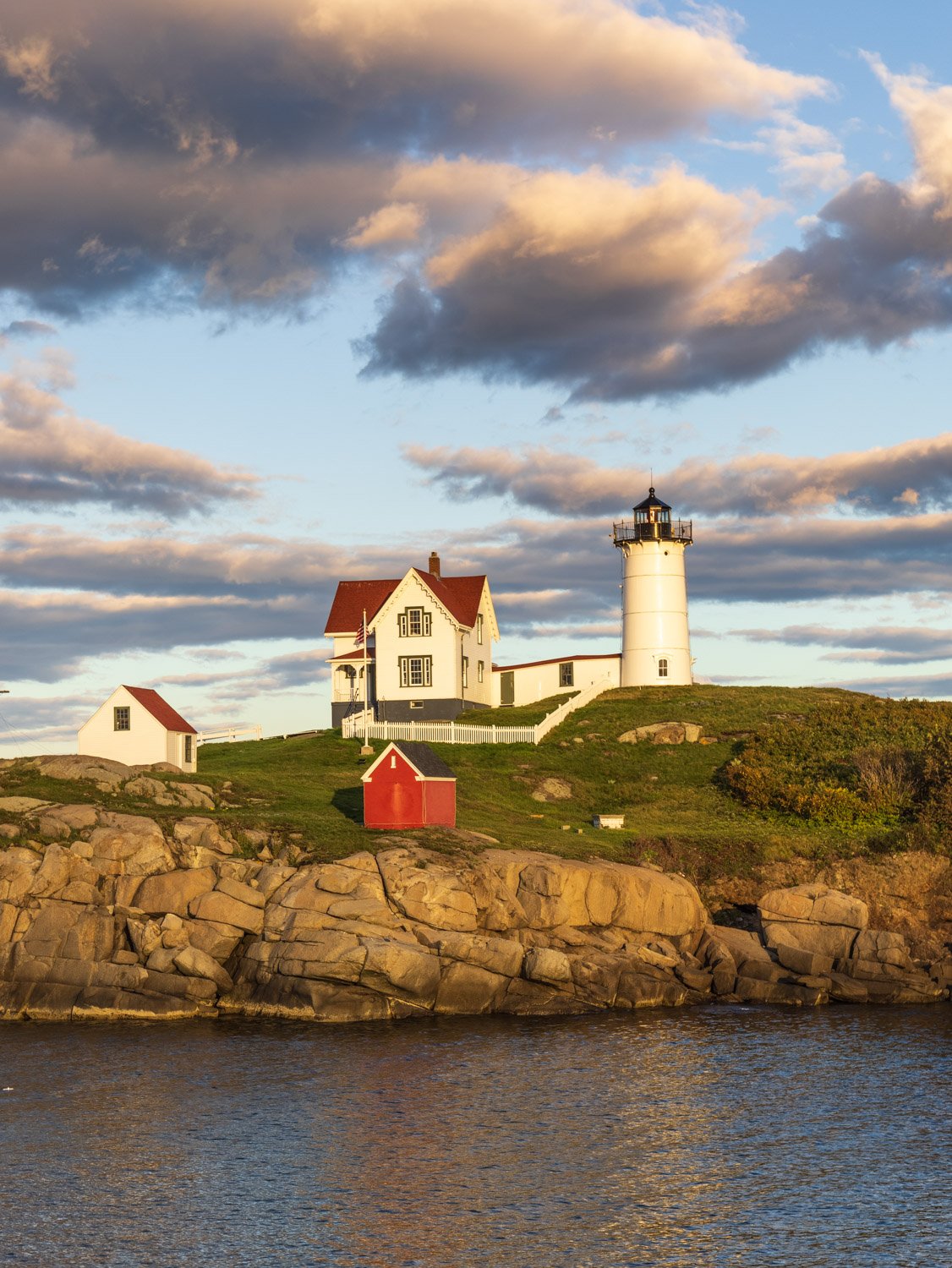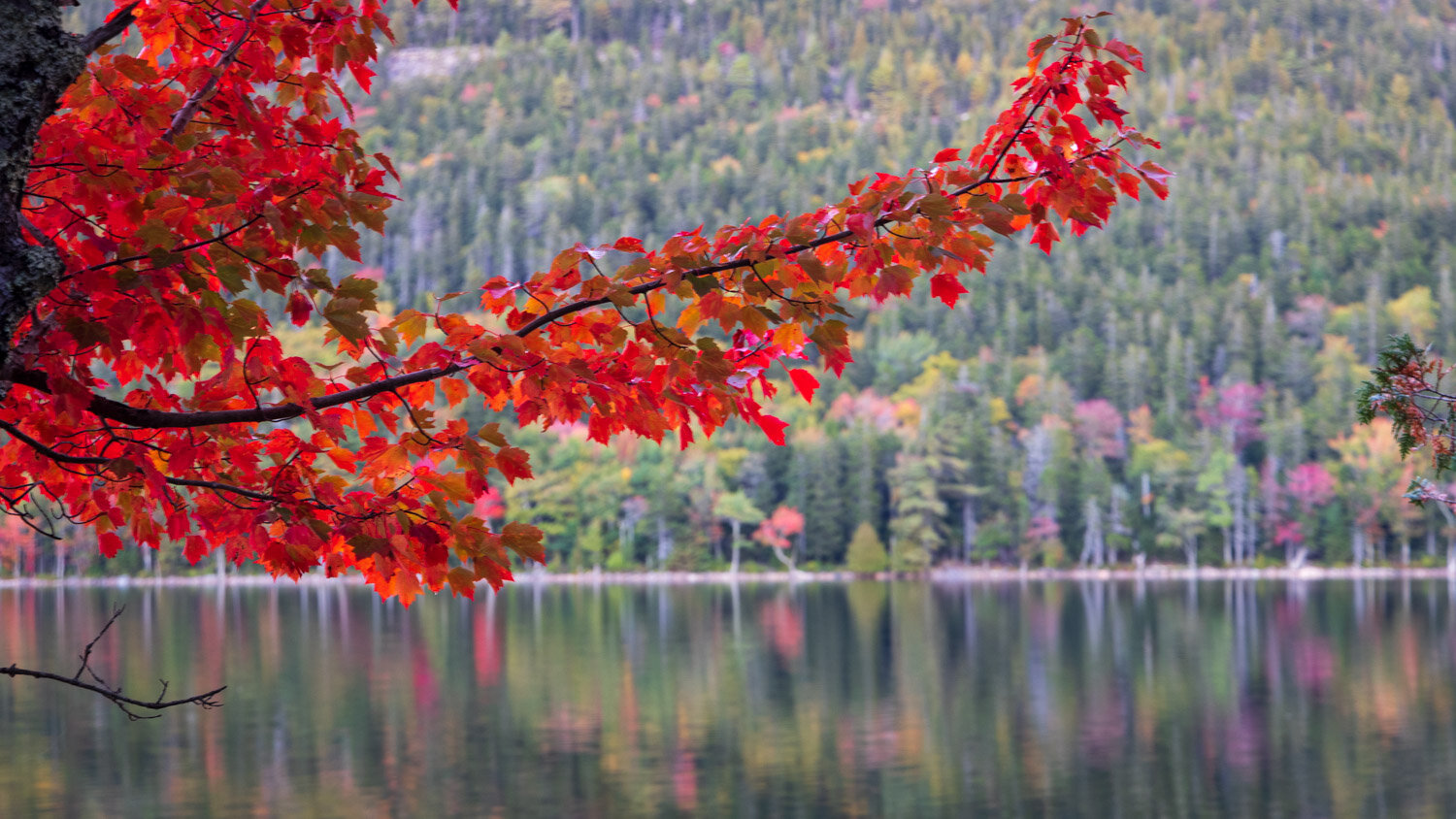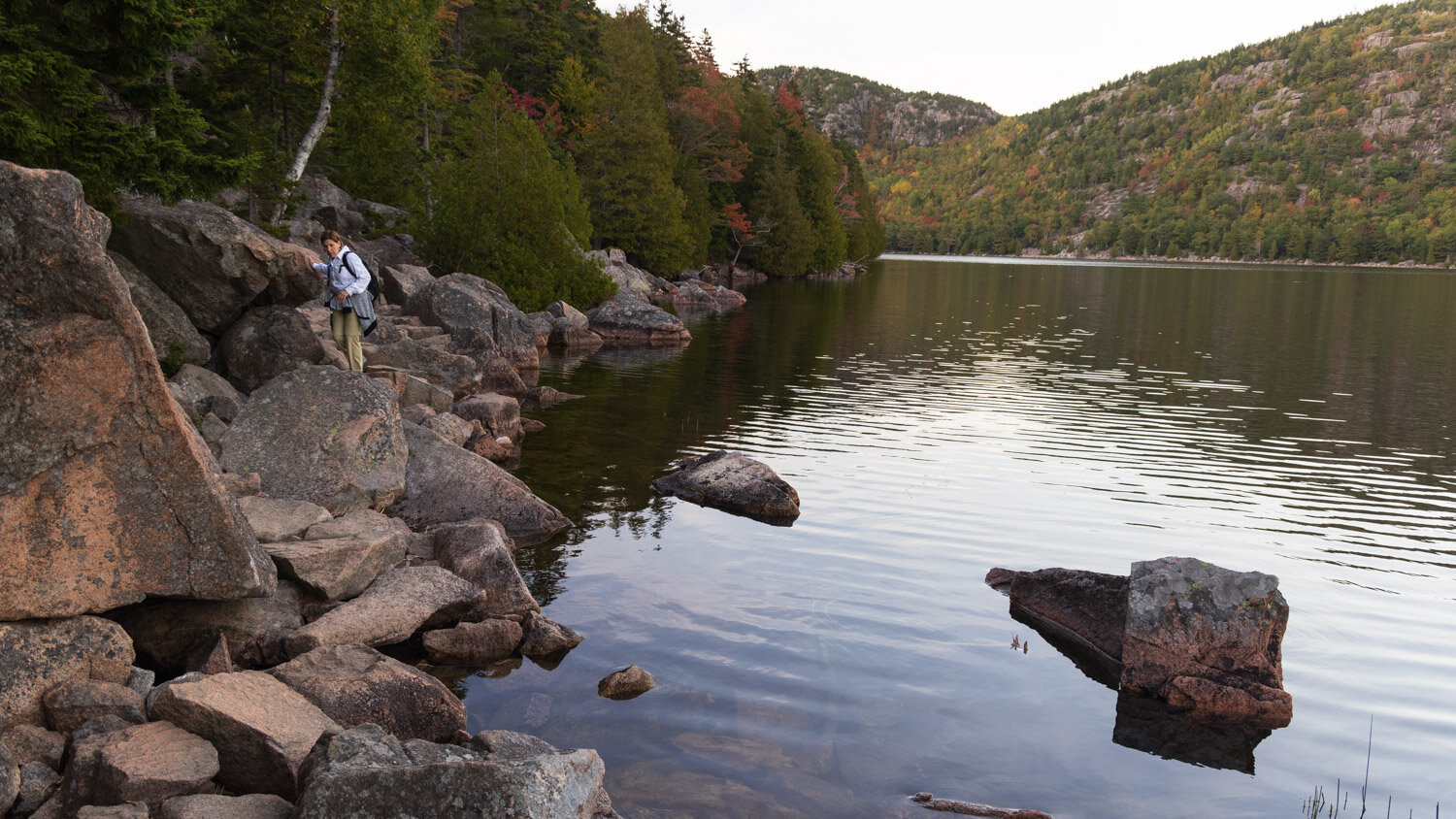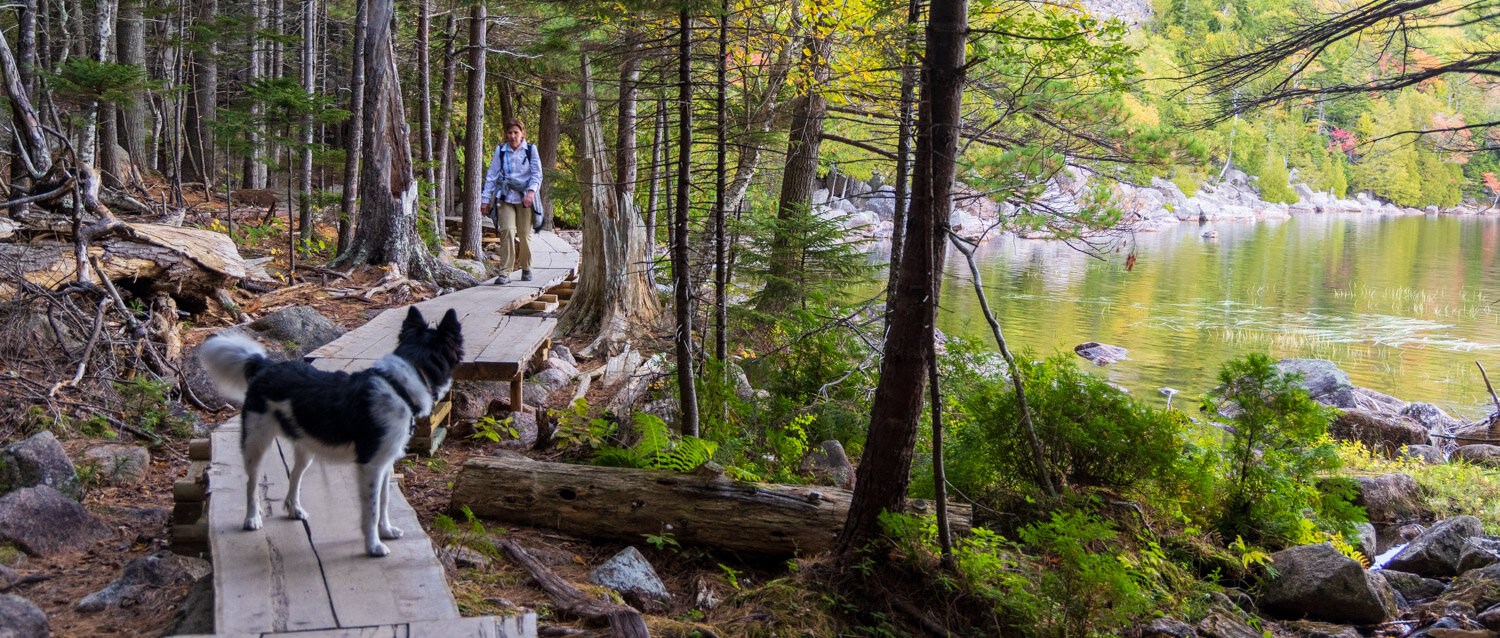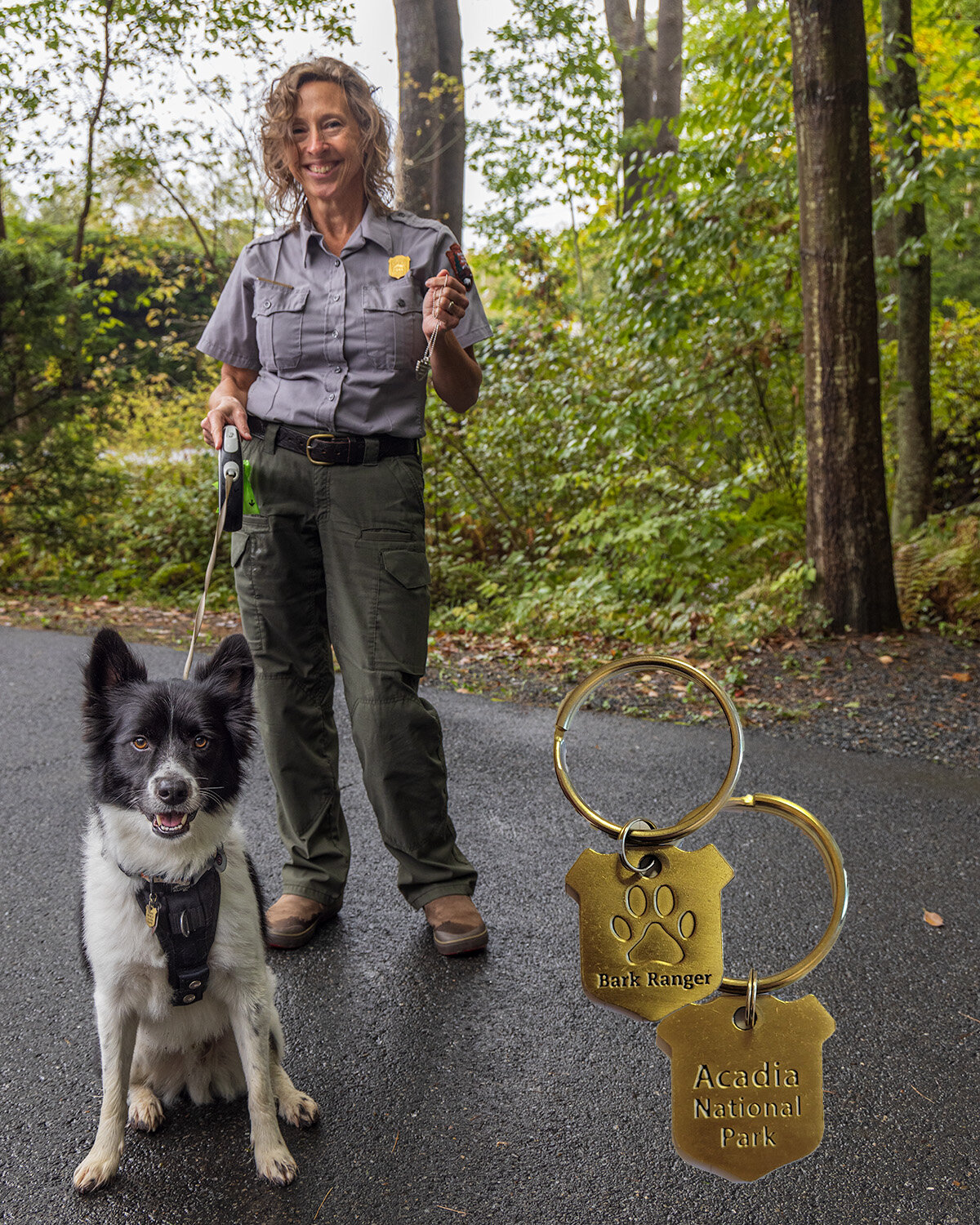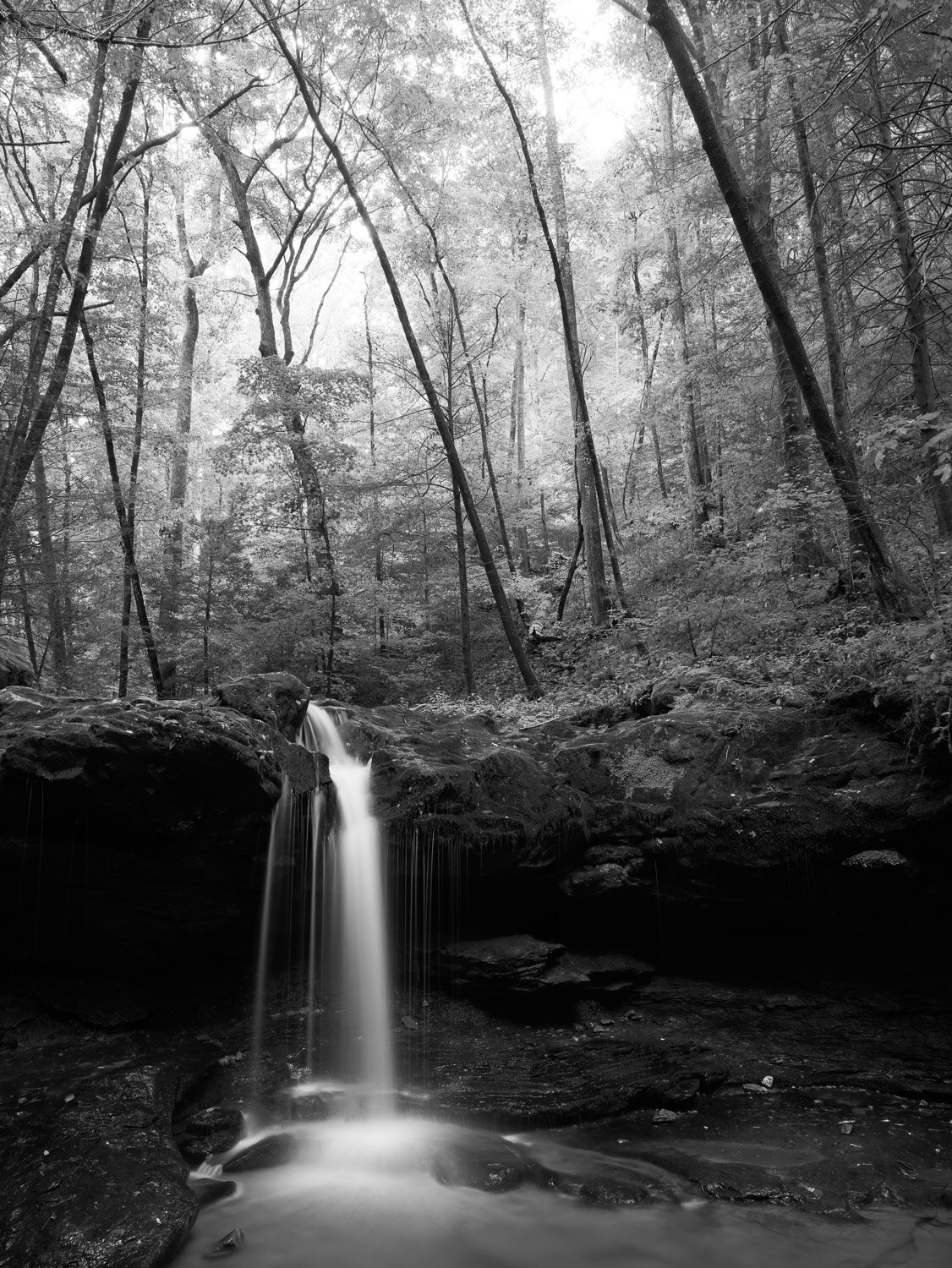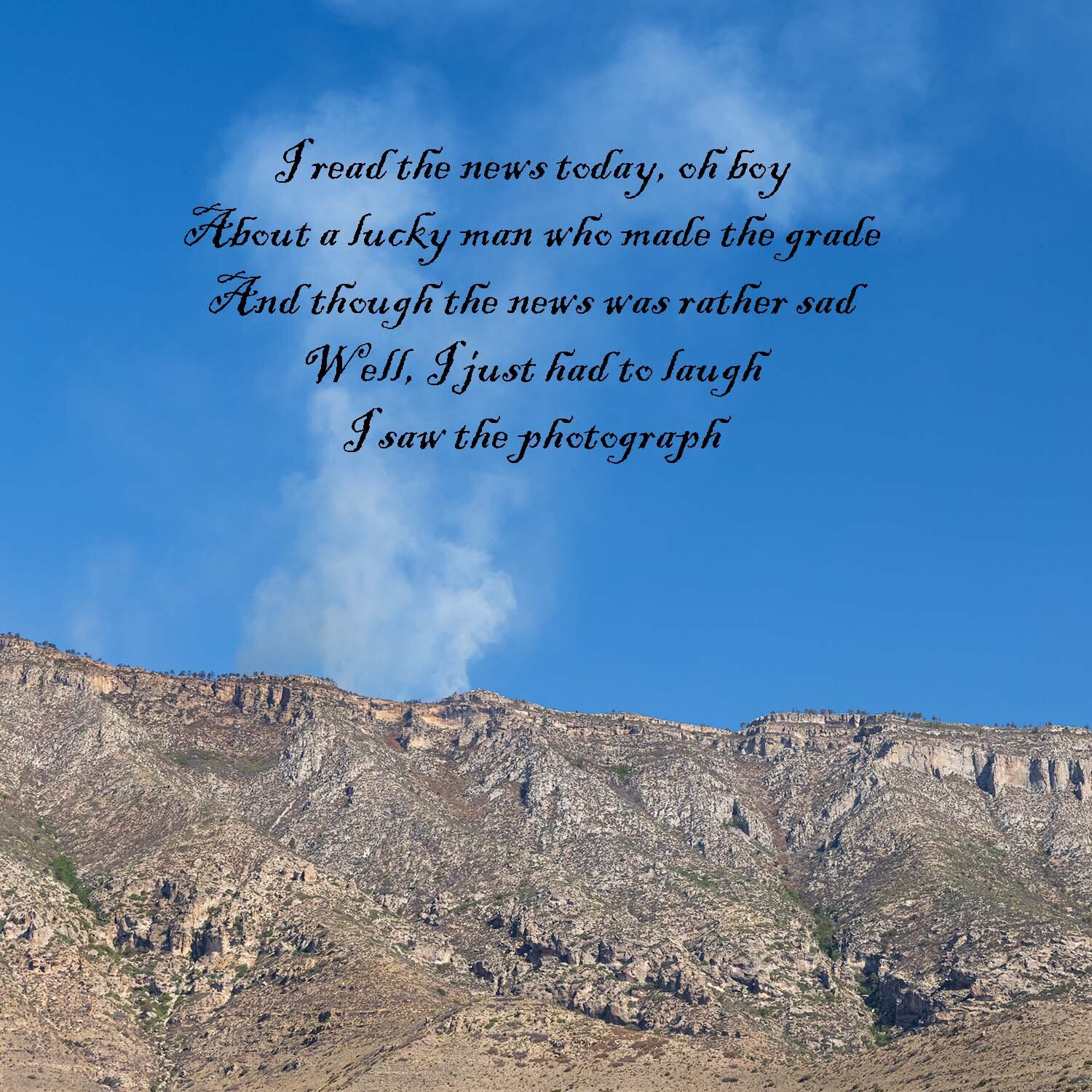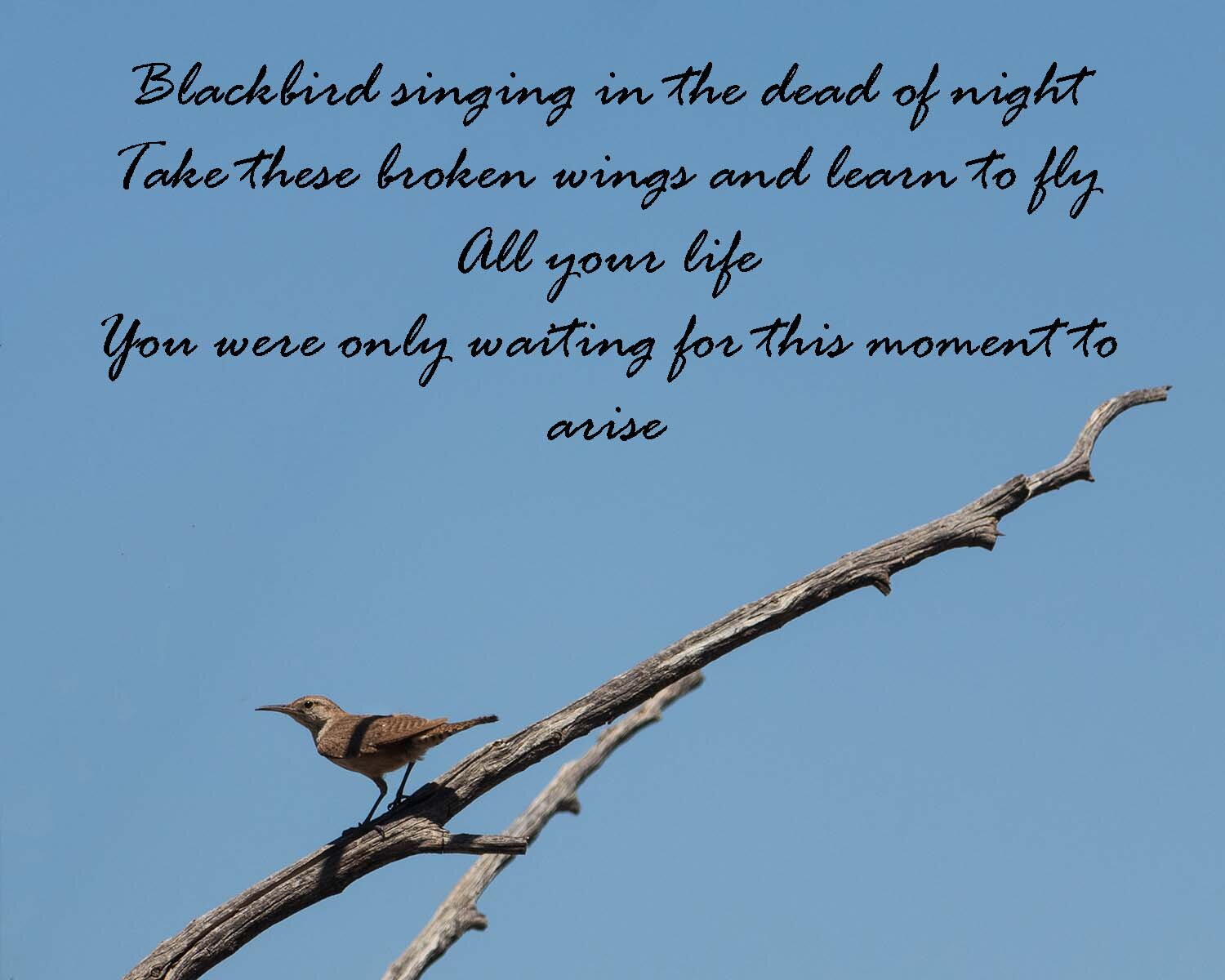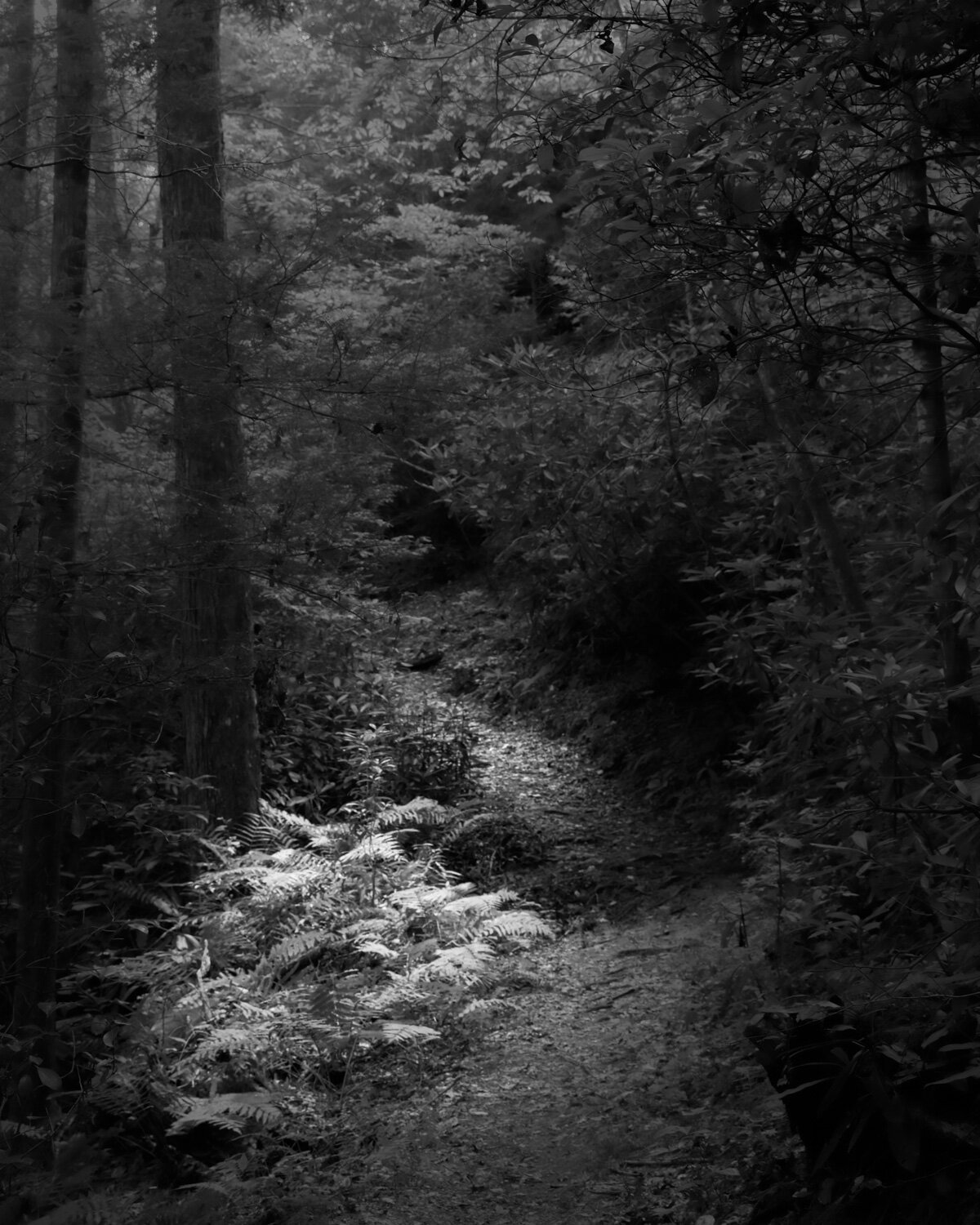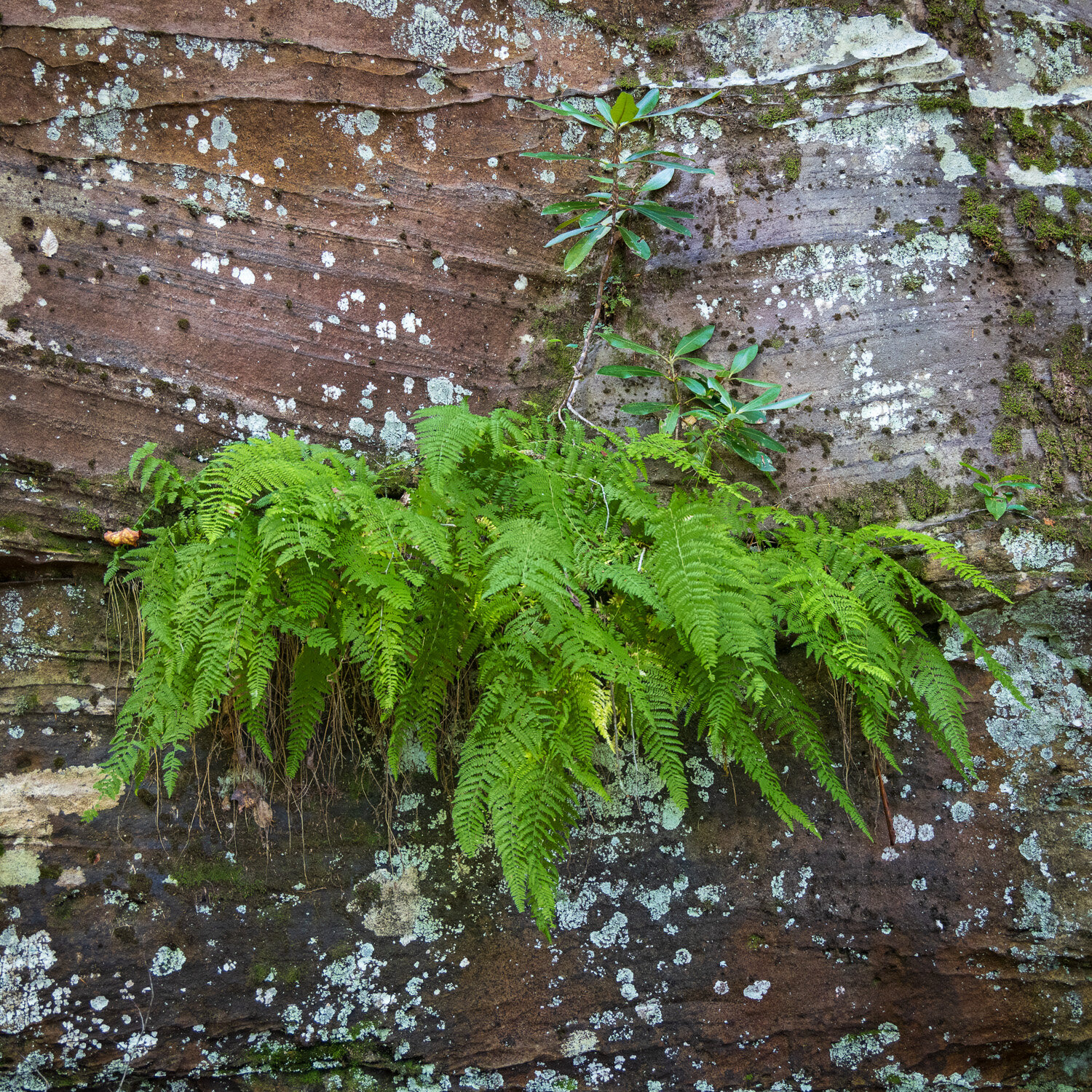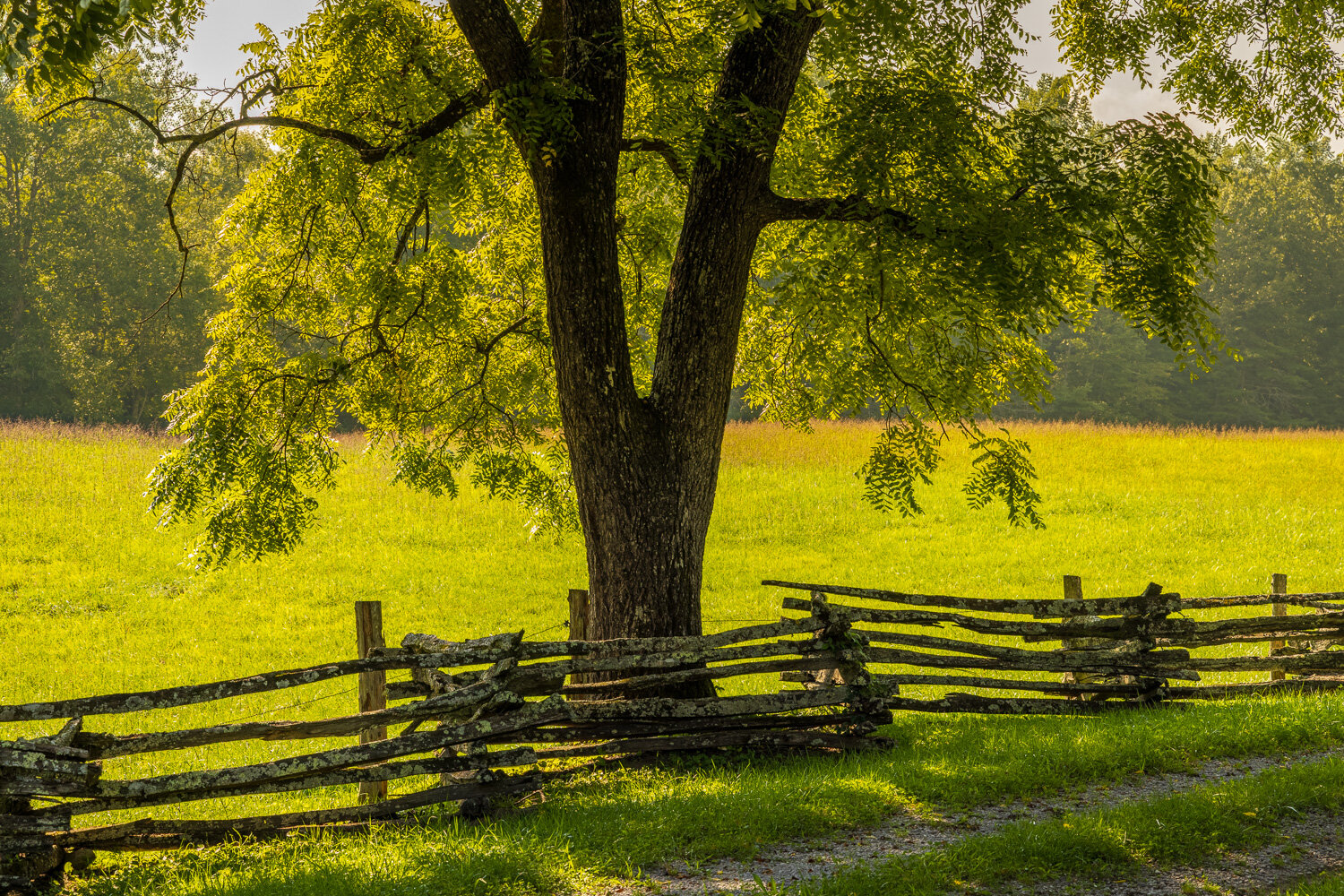This is why I came back.
The blast off at Bosque del Apache National Wildlife Refuge.
To get there in the dark. As the sky lightens, to hear the geese talking joined by the calls of ducks and cranes. Suddenly, the geese talk gets very loud. Thousands of wings beat. The geese take off, and a thunder of wings and squawks go overhead.
But. What will the light be? Will the temperatures be in the single digits, freezing as you wait and wondering if your fingers will work to push buttons? And when the geese decide what they’ll do—a few minutes before sunrise, a few minutes after, will they blast off, or will they just stay put. Two mornings in New Mexico. What will it be?
Bosque del Apache dawn
December 1, 6:28 a.m., a half hour before sunrise a few hundred snow geese fly in to join others already in the water. The wildlife refuge staff flood certain areas where the geese and cranes will gather for the night. This long pond runs north and south, and photographers are lined up tripod leg to tripod leg looking east to the dawn sky. I’d gotten a tip that the birds were having a tendency to gather at the north end of the pond, so I set up there. This group flew in and things quieted down. Then eleven minutes later, the geese calls got very loud. Get ready!
Snow Geese blast off
6:39:36 the blast off begins, and you hope your camera settings and you are ready to capture the show.
6:39:43 all the geese have left the water. The sky thunders with wing beats and honks.
6:39:49 the snow geese have all taken off and are heading north out into the fields for the day. In about a half minute the pond has emptied of thousands of geese with only their reflections in the water and they’ve gone overhead with calls fading into the distance. Time to search out more opportunities as the sun gets ready to rise, so walk further south and spot some sandhill cranes in the water.
Sandhill Cranes in dawn light
The soft dawn light was pushed aside as the sun got over the San Pascual mountains, and a different kind of magic began. And look, a few snow geese were still around.
Snow geese trio
The Sandhill Cranes don’t blast off in the large groups like the geese, but often leave in small family groups of two to four birds. They’ll often tip off when they’re ready to leave by stretching out their necks and leaning in the wind.
The cranes ended the morning light show as they, too, took off to surrounding fields.
The morning sky was pretty clear with a few clouds near the eastern horizon to add some color. That evening the clouds moved in, and as last week’s post showed, the sky put on quite a show. What would the next morning bring? I got to the location a bit earlier with hopes of getting the crescent moon near the horizon. About an hour before sunrise, the sky began to light with nice color in clouds.
At 6:23, still 35 minutes before sunrise, the geese honking got loud, and here they came.
Is this the blast off already? The geese seem to circle around.
Instead of taking off and scattering through the surrounding area, the geese were gathering in the pond. Soon enough, the sky was emptied of birds and the pond was filled with geese.
Dawn over the San Pascual mountains
Unlike the day before, there would be no big blast off the geese. Large numbers of geese would start honking loudly, and a group of a few hundred geese would take off.
Seven minutes until sunrise
At 7 o’clock, the sun got over the distant mountains, and groups of geese continued to go. Two very different and exceptional mornings at Bosque del Apache.
Sunrise, Bosque del Apache National Wildlife Refuge, New Mexico








































